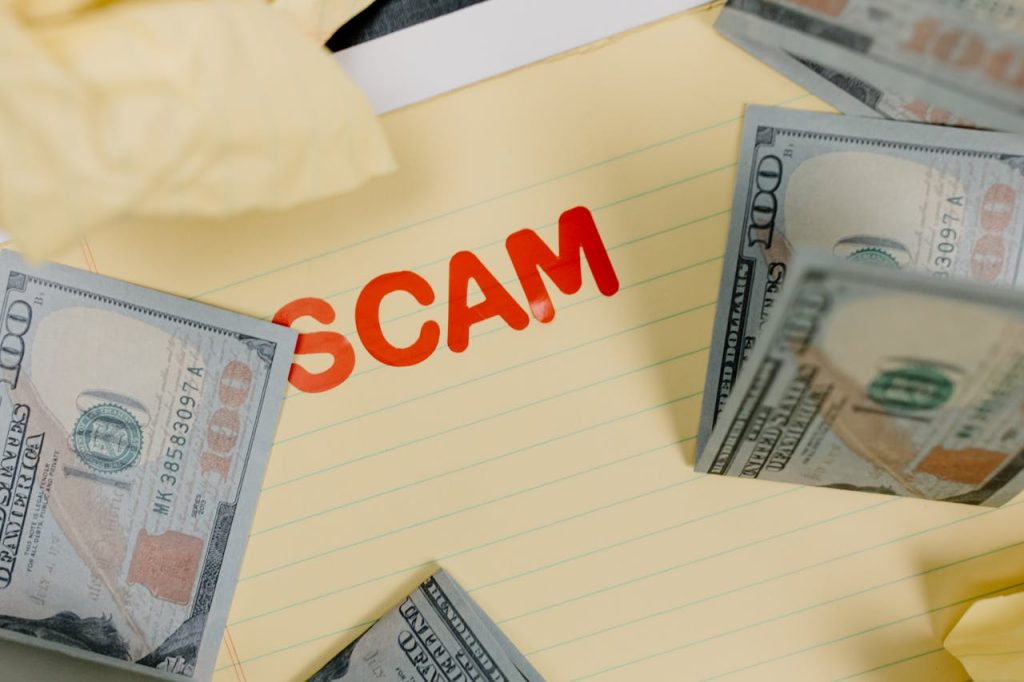
In a world where headlines spread faster than facts, fake news and disinformation are more than just annoying — they’re dangerous. False information can influence elections, incite violence, fuel conspiracy theories, and undermine trust in science, healthcare, or democracy itself.
Learning how to spot fake news isn’t just about being “smart online” — it’s a core skill for digital safety and citizenship.
Why It Matters?
Disinformation is often used to:
- Manipulate public opinion
- Spread malware or phishing links through viral posts
- Undermine trust in institutions
- Influence financial decisions (e.g., crypto scams, fake investments)
Sharing fake content — even unintentionally — helps amplify harmful narratives. Stopping it starts with critical thinking.
Key Signs of Fake News
⚠️ Sensational Headlines
- Uses all caps, lots of exclamation marks, or emotional language
- Promises to reveal “what they don’t want you to know”
🌐 Unreliable Sources
- No author or credentials listed
- URL mimics legitimate sites (e.g.,
cnn-global-news.com) - Website lacks contact info or privacy policy
🔁 No Supporting Sources
- Makes bold claims without links or references
- Cites “anonymous experts” or “inside sources”
🎯 Confirmation Bias
- Plays into fear, outrage, or identity politics
- Tells you exactly what you already believe
Disinformation vs. Misinformation
- Disinformation = deliberately false, designed to mislead
- Misinformation = inaccurate info spread without malicious intent
Knowing the difference helps you decide how to respond — correct gently, report maliciously.
How to Verify Information
🔍 Check the Source
- Is it a known, reputable outlet?
- Check Media Bias/Fact Check or NewsGuard
🧠 Cross-Check the Story
- Search if other outlets are reporting it
- Use Google News or Reuters Fact Check
🖼️ Inspect the Image
- Use Google Reverse Image Search or TinEye
- Look for edits, old photos used in new contexts
📅 Check the Date
- Is the story outdated or recycled?
- Some viral posts are re-shared years after publication
✅ Use Fact-Checking Sites
How to Respond to Fake Content
Teach others how to fact-check and verify
Don’t share it — even to debunk, unless it’s clearly marked and contextualized
Gently inform friends/family who shared it (“Hey, I checked this and it turns out not to be true…”)
Report harmful content on social media platforms
Further Reading and Resources
UNESCO – Journalism and Disinformation
